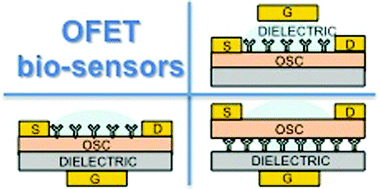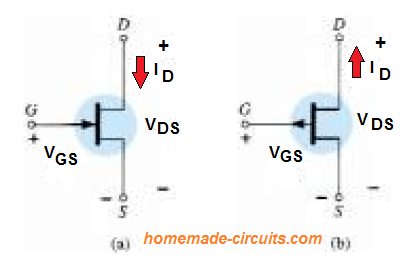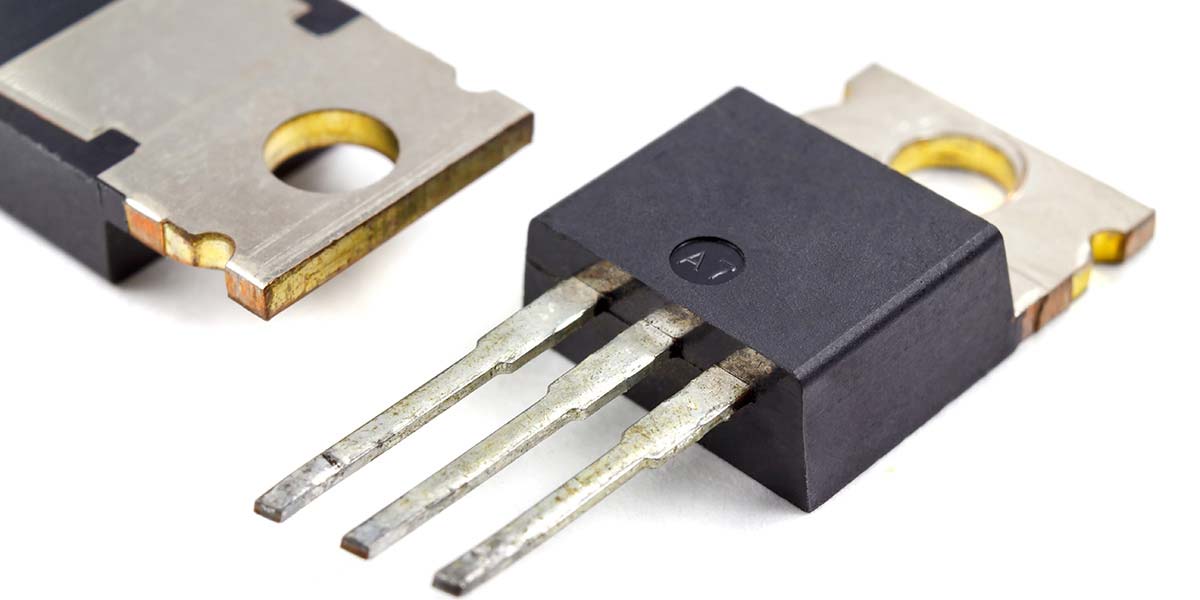

Download prime video app for mac. A field effect transistor (FET) is an electronic component commonly used in integrated circuits. They are a unique type of transistor that offers a variable output voltage depending on what was input to them. This is in contrast to bipolar junction transistors (BJT) that are designed to have on and off states depending on the current flow. The most common type of FET in use, the Metal-Oxide-Semiconductor Field-Effect Transistor (MOSFET) is frequently incorporated into computer memory design, as it offers higher speed with less energy consumption than BJTs.

A Field Effect Transistor
Transistors have many different features and functions for the circuits for which they are designed. Organic field-effect transistors (OFET) are built upon an organic layer substrate, which is usually a form of polymer. These transistors have flexible and biodegradable qualities, and are used in making such things as plastic-based video displays and sheets of solar cells. Another type of FET variation is the junction field-effect transistor (JFET), which acts as a form of diode in a circuit, only conducting current if the voltage is reversed.
Chemical field-effect transistor and Ionophore See more » ISFET. An ISFET is an ion-sensitive field-effect transistor, that is a field-effect transistor used for measuring ion concentrations in solution; when the ion concentration (such as H+, see pH scale) changes, the current through the transistor will change accordingly. A field-effect transistor (FET) is a type of transistor commonly used for weak-signal amplification (for example, for amplifying wireless signals). The device can amplify analog or digital signals. The field-effect transistor (FET) is a type of transistor that uses an electric field to control the flow of current. FETs are devices with three terminals: source, gate, and drain. FETs control the flow of current by the application of a voltage to the gate, which in turn alters the conductivity. This course can also be taken for academic credit as ECEA 5632, part of CU Boulder's Master of Science in Electrical Engineering degree. This course presents in-depth discussion and analysis of metal-oxide-semiconductor field effect transistors (MOSFETs) and bipolar junction transistors (BJTs) including the equilibrium characteristics, modes of operation, switching and current amplifying. Ludo game free download for mac.
Adobe elements for mac download. Carbon nanotube field-effect transistors (CNTFET) are a form of experimental field-effect transistor that are built upon single carbon nanotubes instead of a typical silicon substrate. This makes them about 20-times smaller than the smallest transistors that can be manufactured with conventional thin film technology. Their promise is in offering much faster computer processing speeds and greater memory at a lower cost. They have been successfully demonstrated since 1998, but problems such as degradation of the nanotubes in the presence of oxygen and long-term reliability under temperature or electrical field stresses have kept them experimental.
Field effect transistor (FET)-based biosensors have two major components, which are biological elements and electronic mediated FET sensing. The FET biosensor is gated by the biological molecules, and it has a source and drain, and can be connected (example with nanowire) (Fig. Sign in to download full-size image Fig.
A Field Effect Transistor Uses

Other types of field-effect transistors in common use in industry include gate transistors, such as the Insulated-Gate Bipolar Transistor (IGBT), which can handle voltages of up to 3,000 volts, and act as fast switches. They have diverse applications in many modern appliances, electrical car and train systems, as well as being commonly used in audio amplifiers. Depleted mode FETs are another example of a variation on the FET design, and are often used as photon sensors and circuit amplifiers.
How Does A Transistor Work
The many complex needs of computer and electronics equipment continue to promote a diversification in the design of both how transistors function and in the materials from which they are built. The field effect transistor is a foundational component in virtually all circuitry. The principle for the field effect transistor was first patented in 1925, yet new concepts for how to utilize that idea are continually being created.
